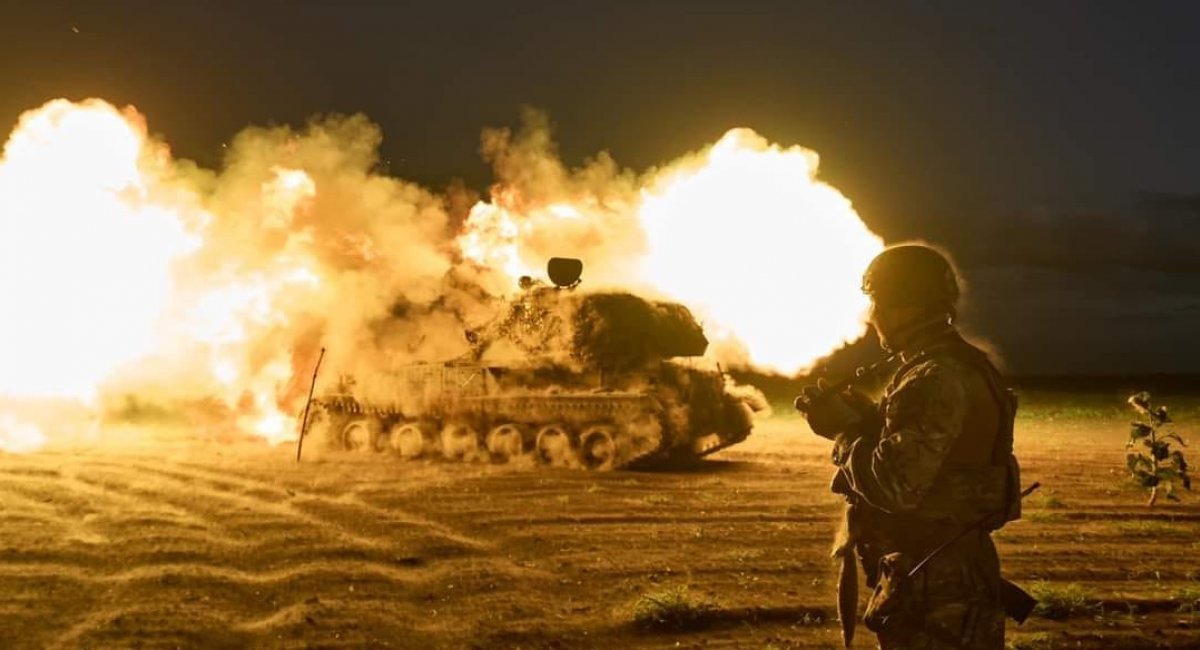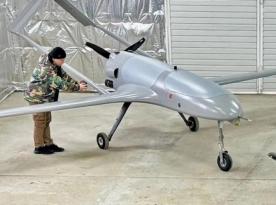Mykula shared this insight on Espreso TV.
"The stability of the front line improves when it has fewer bends and a sufficient number of infantry per kilometer. This was the case near Pokrovsk. We observed how russian forces pushed towards Pokrovsk and Myrnohrad in late August. However, with the deployment of Ukraine's 25th Airborne Brigade, supported by the 425th Special Forces Brigade SKALA, Ukrainian defenders managed to build a solid defensive line with minimal bending. This restricted russian forces to limited tactical successes, securing Mykolaivka and a few nearby forest areas over the past two months," he noted.
Read more: Ukrainian Forces Achieve Precision Strike in Bakhmut, Neutralizing Key Enemy Assets (Video)
Mykula pointed out that, further south, russian forces frequently apply pressure by creating "pincer" movements, which thins out Ukrainian defense lines, allowing for stronger attacks. This strategy prevents the alignment of the front and facilitates russian advances through flanking maneuvers.
"A clear example of this tactic is seen around Sontsivka, a village in the Kurakhivka community of the Pokrovsk district in Donetsk. russian forces have penetrated the area, reaching the village center but failing to secure full control. Occupying troops remain scattered in houses and basements. There are insufficient Ukrainian forces to drive them out or disrupt their supply routes, resulting in a stalemate likely to persist until russian reinforcements arrive," concluded Ruslan Mykula.
Read more: Unidentified Unmanned Aerial Vehicle Strikes russian Training Ground in Rostov Region














